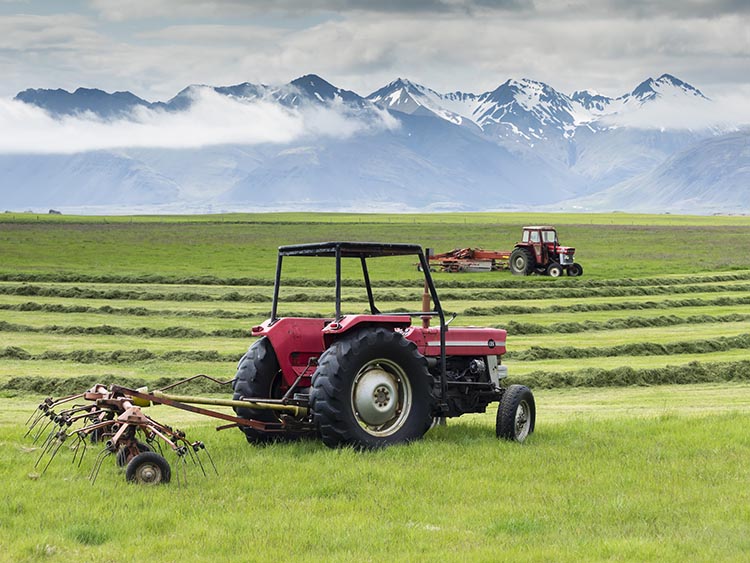In the European Union, 2020 saw a total of 9.1 million farms. A staggering majority, estimated at 93%, can be classified as family farms, as revealed by the EU statistics agency, Evrostat. These farms are predominantly run by families, where family labor contributes to 50% or more of the agricultural workforce.
Family farms are notably predominant in the EU agricultural structure based on the number of farms, their contribution to agricultural employment, and, to a lesser extent, by the land area they cultivate and the value of the products they generate.
Nearly six out of every ten farms, approximately 57%, are solely operated by the owner and family members. Another 36% of farms see family labor constituting at least half of the total labor.

In 2020, family farms accounted for a majority of utilized agricultural areas, covering around 61% of the 157.4 million hectares in use. They also contributed to the majority of the total agricultural workforce, nearly 78%, and the majority of livestock units, almost 55%.
On the other hand, non-family farms, even though they made up only about 7% of all EU farms in 2020, held a significantly larger share in the amount of land used for agricultural production (about 39%). They also constituted around 22% of the total workforce, about 45% of the livestock units, and nearly 44% of the standard output.
In terms of geographical distribution, family farms constituted at least 80% of all farms across all EU nations, with the notable exceptions being Estonia (65%) and France (58%).
EU countries with the highest proportion of family farms included Greece, Romania, and Poland, all boasting a nearly 99% share of all farms.